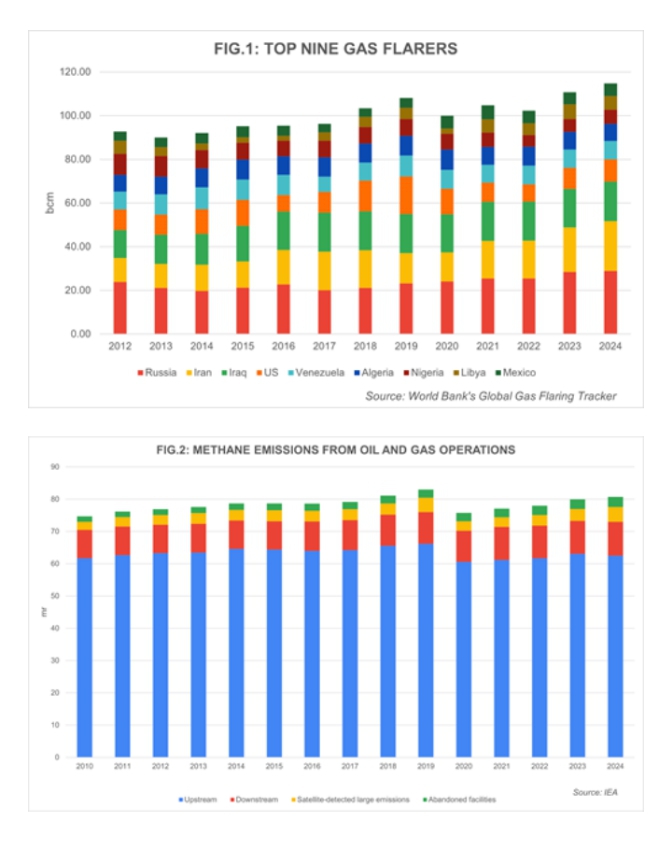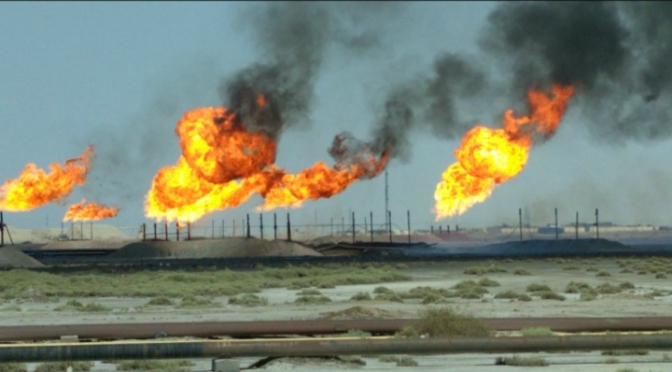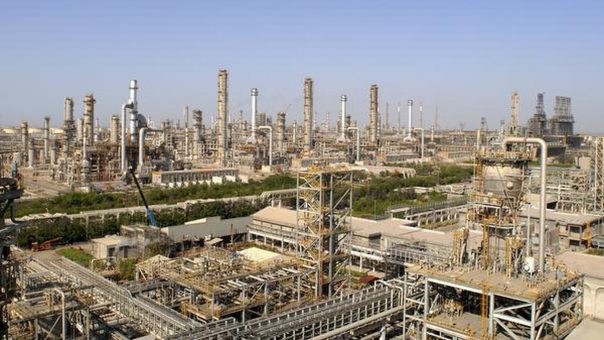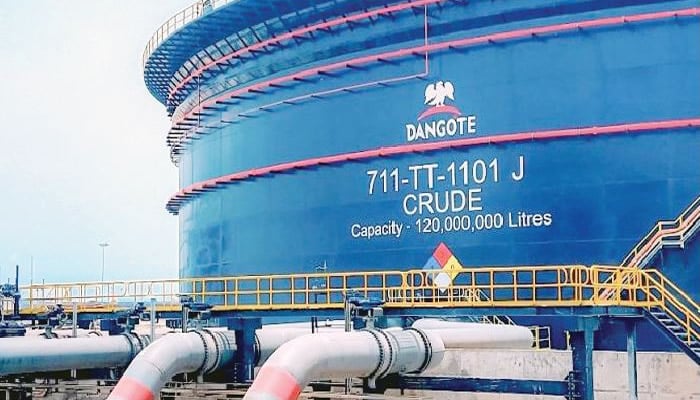While some countries have made significant strides in reducing routine flaring and methane emissions, the global picture is still marked by slow progress and growing volumes
By Joe Murphy
Some countries have made notable progress in cutting routine flaring and methane emissions from the oil and gas sectors in recent years, with those that joined the World Bank’s Zero Routine Flaring by 2030 (ZRF) initiative launched in 2015 performing markedly better than those that have not.
Overall progress, however, remains poor. Global flare volumes climbed in 2024 to their highest level in 17 years, according to the bank, while flaring intensity—the amount of associated gas burned off per barrel of oil produced—has barely changed over the past decade-and-a-half. Zubin Bamji, manager of the World Bank’s Global Flaring & Methane Reduction Partnership (GFMR), cites two main reasons for the persistence of outdated industry practices.
“One issue is a lack of a recognition of the financial and economic gains that could be made,” he told Petroleum Economist on the sidelines of the Gastech conference in Milan, Italy, in September. “The other is a lack of political will and prioritisation by senior leadership, whether at an oil producer, or a gas distribution operator, or a government.”
Still trending upwards
Global gas flaring reached 151bcm last year, up from 148bcm in 2023 and representing the highest level since 2007, the World Bank’s latest Global Gas Flaring Tracker report shows. This produced 389mt of CO₂e emissions, including 46mt of methane that escaped uncombusted. Actual methane emissions may be far higher if inefficient or unlit flares are taken into account.
Although flaring is a worldwide issue, most volumes originate in a small group of oil-producing states. The top nine—Russia, Iran, Iraq, the US, Venezuela, Algeria, Libya, Mexico and Nigeria—accounted for 76% of global flaring last year while producing less than half of the world’s oil. Their combined share has risen from 65% in 2012. All but Iraq and the US increased flaring intensity over that period; the US, fourth globally in flared volumes, notably halved its intensity between 2012 and 2024.
“One issue is a lack of a recognition of the financial and economic gains that could be made. The other is a lack of political will and prioritisation, by senior leadership, whether at an oil producer, or a gas distribution operator, or a government” Bamji, World Bank
Addressing climate change is only part of the rationale for action, Bamji said.
“Another is energy access—we still have half a billion people without access to electricity, mostly in Africa, and many of these countries are flaring vast volumes of associated gas that could have been used to generate that electricity.”
Put in context, the gas flared last year was almost equal to Africa’s total annual gas consumption. Energy security and lost economic value add to the urgency. Based on 2024 prices at the US Henry Hub and for EU import gas, the wasted volume was worth $19b and $63b respectively, the bank estimates—more than half the $70b the IEA says would be needed to cut global flaring in its Net Zero Emissions by 2050 scenario.
Efforts to tackle methane emissions have similarly fallen short of what climate goals require. The fossil fuel sector released more than 120mt of methane last year, close to the 2019 record. About two-thirds came from oil and gas operations, even though the IEA estimates some 70% of such emissions could be prevented with existing, often low-cost technologies—and roughly a third could be avoided at no net cost based on 2024 energy prices.
Spurring action
Over the past decade, the World Bank has taken a leading role in curbing routine flaring and methane emissions. The ZRF initiative has since secured endorsements from 36 national and regional governments, 60 oil companies and various development institutions. Countries that joined the pledge cut their flaring intensity by 12% between 2012 and 2024, which Bamji said proves that commitments deliver results. In contrast, countries that have not saw their average intensity rise 25% over the period.

Bamji drew attention to progress made by Brazil, Colombia, Egypt, Indonesia and Kazakhstan—each a ZRF endorser. They have reduced both flaring volumes and intensity by around 30% since 2012. Iraq, the third-largest flarer after Russia and Iran, is also starting to take action with World Bank support, he added.
The bank also launched the Global Gas Flaring Reduction Partnership in 2015 as a multi-donor trust fund supported by governments, companies and organisations. Initially it was modest in scale—“just enough money that we could help some governments with technical assistance and advisory services”, Bamji said.
That changed at COP28 in Dubai in December 2023, when the fund’s mandate was expanded to methane reduction and it evolved into GFMR. The fund was enlarged, to provide more than $250m, enabling broader support. In Uzbekistan, for example, the bank provided an $11m grant for a methane survey of state transmission operator Uztransgaz and for leak-repair work expected to cut methane emissions by about 100,000t/yr; 16,000t/yr has already been eliminated.
Neighbouring Kazakhstan and Turkmenistan have expressed interest in similar campaigns. “We are close to finalising the scope of the work we’ll do in those countries,” Bamji said.
In Mexico, the bank is collaborating with state oil company Pemex on several flaring-focused projects, offering technical assistance to identify ways to use associated gas now being burned off and considering a grant comparable to that in Uzbekistan.
Through such grants, the aim is to draw in additional, larger-scale concessional and commercial financing.
“When the World Bank sees these projects as a significant opportunity, it sends a signal to the market that they are worthy of financing and can yield good results,” Bamji said.
Methane requires urgent attention because it is far more potent than CO₂—around 80 times stronger at trapping heat over a 20-year period—and lingers in the atmosphere for only about 12 years, compared with centuries for CO₂. Cutting emissions today therefore delivers rapid climate benefits, supporting the bank’s near-term focus on leak-detection and repair (LDAR) campaigns.
“We are hopeful we’ll be doing more flaring projects in Mexico and some other countries, but my sense is that we will do a lot of LDAR campaigns over the next few months and years—that is where we see the huge opportunity,” Bamji said. “Hopefully, we will be able to show some tremendous progress by some of these operators and governments in a lot of these developing countries in the next few years.”
Many developing nations lack the expertise, trained staff and resources to address the problem without such assistance, he added.
Affecting change politically isolated states—such as top-tier flarers Russia, Iran and Venezuela—presents a serious challenge. The World Bank used to assist Russia’s government and the government of the Khanty-Mansiysk region—the country’s main oil-producing area—in cutting flaring. “They were keen and making great progress, but because of the political situation, our involvement came to an end,” Bamji said. “I hope Russia, Iran and Venezuela will take action on their own without World Bank support, but perhaps in the future there will be an opportunity to work with these countries again.”
Looking ahead, the World Bank will continue proactively reaching out to countries to offer its assistance on flaring and methane emissions reduction, Bamji said, including those that have been slow to act.
“We want to see governments and the industry recognise more that this is not just about the climate, but also the energy access, the energy security and the economic value,” he said.
Source: Petroleum Economist








